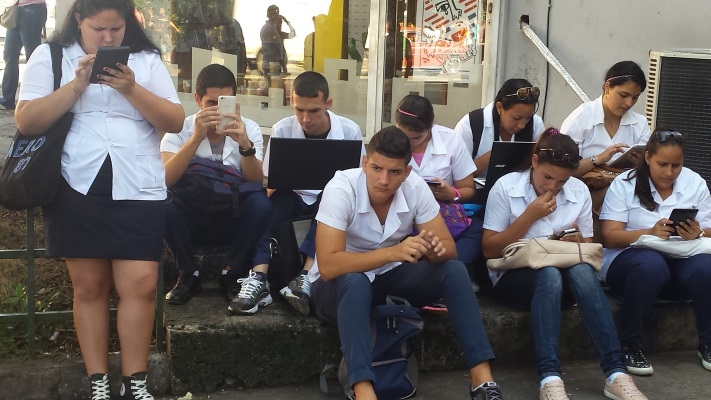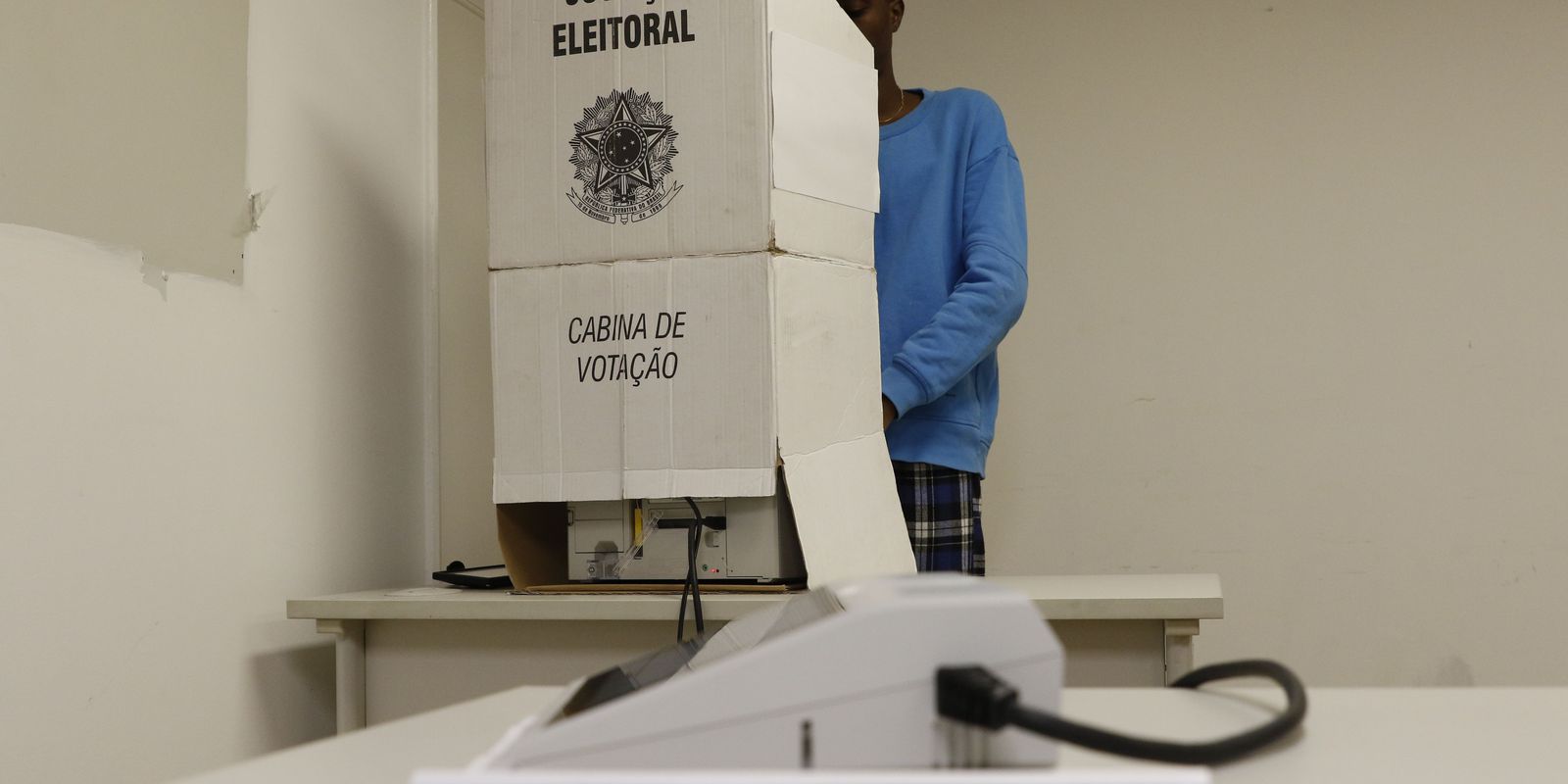A year ago, the board of directors of Banco de la República began its process of normalizing monetary policy, with an increase of 25 basis points (bps), or 0.25%, which raised the interest rate to 2.0%. A year later, the Issuer’s reference rate is already at 10%, the highest peak since July 2008, when it also climbed to 10% and stayed that way for five months.
(Dollar: what are the reasons for its ups and downs in recent days).
The decision of the members of the board to increase the rate by 100 bps responded to several factors. In the first place, due to the inflation figure for August, which stood at 10.8%, above the annual 9.9% expected by the technical team. Also that core inflation (excluding food and regulated items) maintained a growing trend and was higher than estimated, reaching 6.9% per year in that month.
And furthermore, according to the Issuer’s board, medium-term inflation expectations increased and were far from the 3% target.
Although the Bank’s decision responds to a series of efforts to contain the inflationary phenomenon that affects the economy, also the high levels of interest rates are making theirs in different sectors and scenarios.
Small businessmen, for example, have been feeling a increased cost pressure due to the level that has been seen this year in rates, as explained by Rosmery Quintero, president of Acopi, the union of MSMEs.
“We expect rates to start to stabilize. Despite the fact that Colombia has a fairly representative guarantee system, from MSMEs we still have difficulties accessing credit. At a higher rate, the credit is more expensive, the cost structure increases more and the results are affected”, said Quintero.
(Colombia would have a strong economic slowdown in 2023, according to Banrep).
The union leader said that some effects are expected, since the last part of the year is a high production peak for almost all sectors, and capital is needed, “because portfolio turnover has been deteriorating in the business sector, and it needs flow not only to acquire raw materials and inputs, but also for labor and fiscal commitments.” And she also highlighted the impact of high rates on the purchasing power of citizens.
Javier Díaz, president of the National Association of Foreign Trade (Analdex), also highlighted that high rates already affect the cost structureand the fact of borrowing to finance working capital or purchase machinery.
“Fortunately, for those exported, there has been a good exchange rate that amortizes that effect, but the big problem is more for those who sell in the local market, and that has to do with the objective of the Banco de la República to lower consumption. , making the products more expensive, people do not go into debt to buy them, and the demand adapts to that supply that there is, “said Díaz.
From the point of view of traders, the increase in rates from 9% to 10% is perceived as a complex situation. Jaime Alberto Cabal, president of Fenalco, referred to the fact that this situation makes credits for the productive sector more expensive, and consumer credits are also more expensive, which “disincentivizes consumption, trade sales, and consequently the entire productive chain of the country is affected”.
The president of the merchants’ union said that it is news “that is received with understanding, because the bank’s responsibility to fight inflation at a time when there are still no results is understandable.” And on the other hand, he said, it is worrying, in the sense that the increase in interest rates affects growth and economic dynamics.
On the other hand, from Asobancaria the concern is also in the effect of rates on demand, and their impact on growth.
“With this increase, monetary policy becomes neutral (very similar to inflation). The result of the CPI for September is going to be crucial to determine the future of monetary policy, where additional increases would be contractionary in demand, affecting the expected growth in 2023. There is room to reduce some tariffs that help reverse the inflationary trend”, said his President, Hernando Jose Gomez.
future outlook
For the experts, on the other hand, the decision made by the board also sends some messages, and it is expected that by the end of the year the rate will reach 11%.
“A size of increase smaller than that registered in the last two policy meetings, we believe, gives a sign of proximity to the end of the upward cycle of rates,” assured Alejandro Reyes, BBVA Research’s chief economist for Colombia. The entity considers that the Issuer could bring the interest rate close to 11.0% this year and would keep it stable during most of 2023.
Pantheon Macroeconomics also expects more adjustment in the future, at least up to 11.0%. “The Board said that it will depend on the data and we expect inflation to remain too high to be comfortable during the coming months,” said Andrés Abadía, the entity’s chief economist for Latin America.
Pantheon Macroeconomics sees the Bank as “still lagging behind, and with the economy relatively resilient, consumer lending rising rapidly, and inflation expectations still moving rapidly north, its cautious approach is a gamble.”
Laura Lucia Becerra Elejalde
BRIEFCASE








